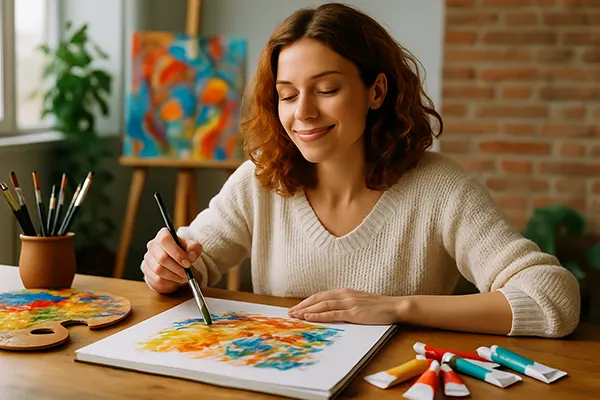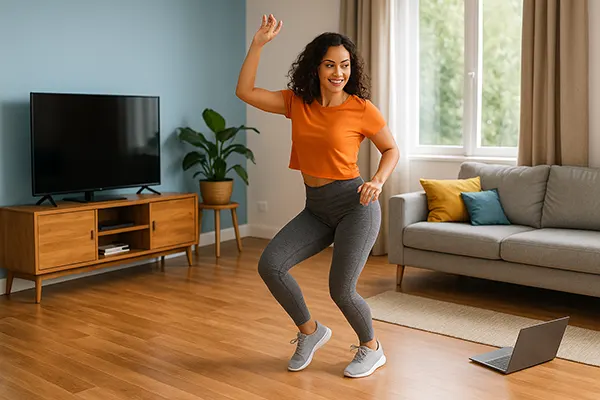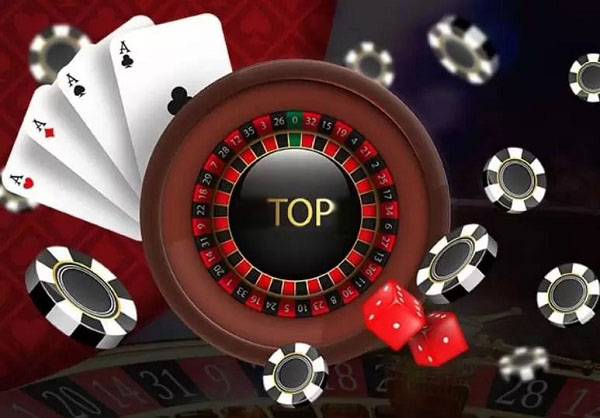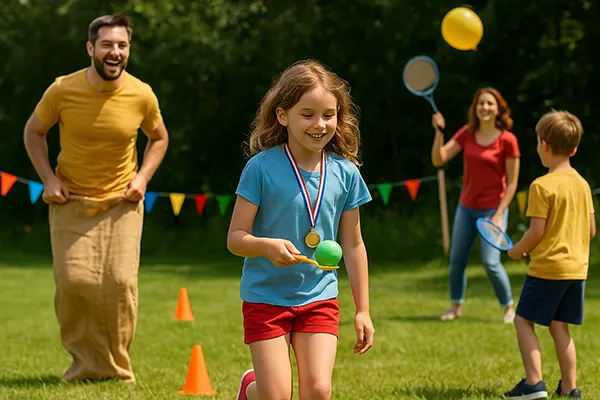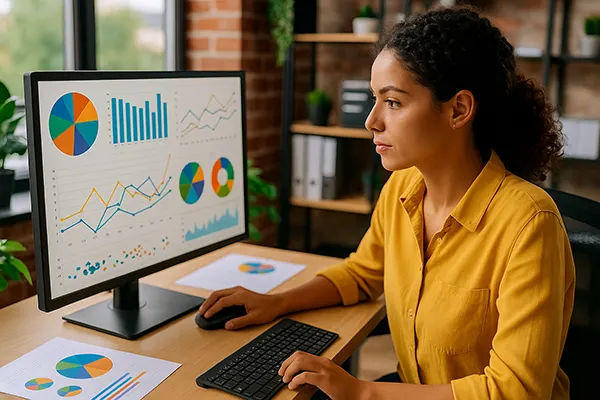Mental Recovery Through Creativity
In the modern world, stress and emotional fatigue have become common experiences. Many people seek effective ways to recover their mental balance without relying solely on medication or therapy. Creative activity is one of the most powerful tools to restore harmony, reduce anxiety, and reconnect with one’s sense of self. Through art, music, writing, or any other creative form, individuals can process emotions and regain clarity of mind.
The Connection Between Creativity and Mental Health
Creativity has long been associated with emotional expression and psychological relief. Modern research confirms that engaging in creative activities stimulates the brain’s reward system, releasing dopamine – a hormone responsible for feelings of satisfaction and motivation. This natural response makes artistic engagement a valuable method for reducing stress and managing symptoms of anxiety or depression.
Psychologists emphasise that creative practices help individuals express what cannot be easily verbalised. For instance, painting or journalling provides a safe channel to process trauma or frustration. The focus shifts from problems to creation, which fosters mindfulness and promotes positive self-reflection. In this process, creativity becomes a bridge between emotional chaos and mental order.
Beyond emotional regulation, creativity enhances cognitive flexibility. It encourages people to see challenges from different angles, develop resilience, and find new solutions to life’s obstacles. This effect supports long-term emotional stability and strengthens self-awareness, essential elements of psychological recovery.
Scientific Evidence Supporting Creative Therapy
Scientific studies consistently show that art therapy, music therapy, and writing exercises can significantly reduce cortisol levels – the primary stress hormone. In clinical settings, creative interventions have been shown to improve mood, increase energy levels, and restore mental balance after periods of emotional exhaustion. They also enhance neuroplasticity, helping the brain form new healthy patterns of thought and behaviour.
Hospitals and rehabilitation centres across Europe now include creative workshops in mental health recovery programmes. Patients who engage in creative expression report a higher sense of autonomy, motivation, and emotional stability. This approach works not only for people experiencing clinical conditions but also for those facing burnout, grief, or long-term stress.
Importantly, creative therapy does not require prior artistic skills. The purpose is not to produce perfect works of art, but to allow the mind to express itself freely. When self-judgement is removed, the act of creation itself becomes a healing experience that reconnects the person with their inner strength.
Forms of Creativity That Aid Recovery
Different creative activities have varying effects on the mind and emotions. Visual arts, such as painting, sculpting, or photography, engage sensory perception and help externalise complex emotions. Writing, on the other hand, encourages introspection and helps organise thoughts logically, offering clarity and insight. Music and dance combine movement and emotion, creating a deep sense of release and freedom.
Many people find that engaging in small creative habits daily – such as keeping a sketchbook, playing an instrument, or cooking creatively – helps sustain mental wellness. These activities reduce overthinking, lower stress, and contribute to a balanced lifestyle. They also support social interaction when shared in group settings, fostering a sense of community and belonging.
Even workplace creativity can be therapeutic. Problem-solving, design thinking, or brainstorming sessions promote curiosity and teamwork. When employees are encouraged to innovate and express ideas openly, it strengthens both their motivation and emotional resilience.
Practical Steps to Integrate Creativity
To make creativity part of everyday life, start with small, manageable steps. Dedicate short periods each week to activities that inspire you. It could be journalling, digital art, or simple crafting. The key is consistency – even fifteen minutes a day can make a noticeable difference in mood and focus.
Choose environments that stimulate imagination: calm lighting, soft music, and minimal distractions. Avoid focusing on results; the process itself is the reward. Over time, you will notice improved concentration, emotional balance, and self-confidence as creativity becomes an integral part of your personal well-being routine.
Finally, combine creative practices with mindfulness techniques such as deep breathing or meditation. This combination strengthens the mind-body connection and enhances the therapeutic impact of creative work. The goal is to cultivate a sustainable rhythm where creativity becomes a natural form of self-care and personal development.
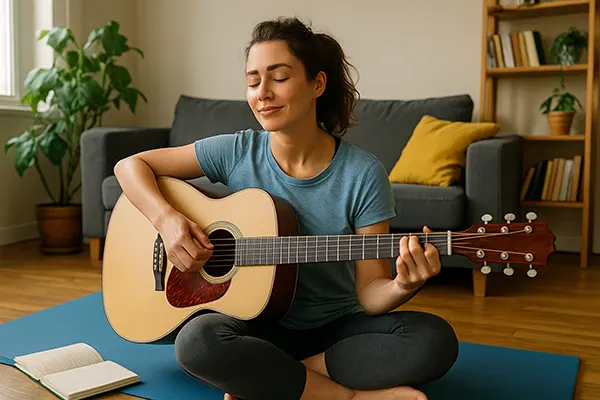
The Future of Creative Recovery
In 2025, mental health professionals increasingly recognise creativity as a core component of psychological rehabilitation. Digital platforms and online communities provide access to art workshops, virtual choirs, and creative support groups for people worldwide. This evolution demonstrates that mental recovery is no longer limited to clinical settings but can flourish through shared creative experiences.
Educational systems are also incorporating creative recovery strategies into their curricula. Schools encourage students to express emotions through art and music to develop empathy and resilience from an early age. These initiatives contribute to a healthier, more emotionally aware generation capable of coping with stress and change.
At the societal level, creativity supports inclusion and connection. Community art projects, collaborative murals, and cultural events bring people together, strengthening social ties and collective healing. As global awareness of mental well-being grows, creativity will continue to play a vital role in restoring balance and inspiring human potential.
Personal Empowerment Through Creative Expression
Creative expression empowers individuals to take control of their mental health journey. It transforms recovery from a passive process into an active, meaningful experience. When people create, they redefine their identity beyond stress or illness, discovering renewed purpose and emotional independence.
Many report that through creative activity, they rediscover joy and curiosity – feelings often lost during periods of burnout or depression. This renewed sense of purpose improves daily functioning and relationships, reinforcing long-term stability. Creativity thus becomes not only a tool for healing but also a path to personal growth.
Ultimately, creativity connects mind, body, and spirit. It reminds us that healing is not a linear process but a cycle of transformation and rediscovery. Through art and imagination, every person can find the strength to rebuild themselves and move towards a more balanced, fulfilled life.
